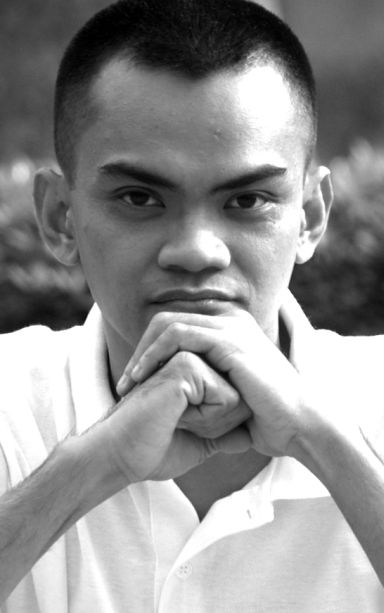
PAREDES
As you probably noticed, your beloved CDN is going through a makeover these past few days, and that includes the opinion page, which is getting more compact, with columns just a tad less verbose, and flashing new photos of the authors, some of whom -— me included -— may now look older than before.
Well, at least that mug shot (yes, journalists borrow this term from prison houses to describe newspaper photos of people from waist up) now tries to put up a smile. I never liked the stern look I had before but it wasn’t really my fault. The art director, who happened to be a close friend, asked me to pose that way perhaps thinking it might be fitting for the kind of political commentary I used to write when I started this column just a year or so after CDN was born.
And that’s nearly 20 years of Crosshatching. The column’s title, by the way, refers to a technique in drawing of using clashing strokes or lines in varying densities to achieve tones or the illusion of contour on paper. I was thinking of column writing as similar to the art of sketching. Compared to a more finished drawing or painting, a sketch is usually done at a spur of the moment, with more spontaneity, more of a study than a finished work of art.
And yet, this spontaneity leaves a trace of the emotion and thoughts of the artist during the act of drawing. How thick or thin the strokes are hints of the artist’s decisiveness, hesitation, or perhaps anxieties. How densely he gathers his strokes not only creates volumes but also textures that suggest mood and atmosphere.
There is, therefore, beauty in the unfinished look of a sketch. The lines don’t always connect to form a shape on paper but this is for the spectator’s mind to finish. The artist thus invites the audience to participate in the work’s completion. Such is the paradox of the humble sketch.
Similarly, a newspaper column may lack the sophistication of a literary essay or the definitiveness of an investigative report. Given its regularity, it is usually written in haste.
Being a busy person as most columnists are, I usually write mine in an hour or two as I have other things to do, often in the most unlikely places: at the crowded waiting lounge just before a flight or inside a car in a poorly ventilated parking basement as I waited for my wife to finish her yoga class. But even when writing in the coziest places, there is always that Damocles’ sword of the deadline above your head.
Still it’s a thrill how you are able to overcome this anxiety as you finally hit a key to send the column to the newsroom. Only then can you enjoy that final sip of your coffee even if it has gone cold from over an hour of writing.
Column writing is very much like composing advertising copy. It has to be short, colloquial, friendly, witty, but persuasive. One has to be able to achieve these no matter what one is writing: I remember how a friend commented that while the country was on the brink of another people power revolution, I came out with a piece about my hamsters. On the other hand, a more recent column about Tokhang stirred the hornet’s nest and resulted in me getting thousands of hate comments including threats.
Being an artist, this tentativeness and minor status of the column makes me think not only of a sketch but of a picture that lacks a frame. If it’s a painting, the artist still has a chance to make some final retouches or even decide to give it a spray of varnish. Likewise, the column implies the same indefiniteness and lack of polish. A quick thought put into words, it could be developed into something, say an essay. This way, you may still be able to change your mind even in another column, as I often do. I find the title “Unframed” thus fitting to signify this expression of the idea that is both tentative and unbound.